Table of Contents
The world is witnessing economic development, and even smaller countries are paving the way for capitalism. The increase in waste is a by-product of economic growth.
Global waste is expected to see more than double population growth by 2050. The estimates have been around 3.40 billion tonnes.
The solution to the meandering problem: Circular Economy.
How?
Let’s study the facts first. The circular economy can help reduce global greenhouse gas emissions by 30% by 2032.
Moreover, the circular economy can create 50 million jobs and can be generated with a projected economic impact of $15 trillion. It is also gaining popularity because ILO ( International Labour Organization) estimates that green and sustainable practices could result in 24 million jobs by 2030.
Also, the circular economy directly helps in renewable energy, energy efficiency, and waste management sectors such as food and agriculture, building, and mobility.
These environmental benefits will result in $624 billion in savings by 2050.
Let’s get to the gritty details of the Circular Economy.
The economy is a system where materials are regenerated and reused. The materials have never become waste. It is kept in circulation through processes like maintenance, reuse, refurbishment, remanufacture, recycling, and composting.

The constant regeneration of materials tackles climate change and other global challenges, like biodiversity loss, waste, and pollution, by decoupling economic activity from the consumption of finite resources.
It also creates business opportunities and supports economic growth. The alternative economy presents businesses with increased cost-saving, increased efficiency, and a new source of revenue by reusing and recycling materials.
The actual role and impact of circular economy
The circular economy works towards a world where resources are used efficiently, waste is minimized, and the environment is protected for future generations. Let’s find out how:
Reduced greenhouse gas emissions:
As the demand for new products has marginally decreased, hence there will be less production and lower greenhouse gas emissions in the future.
Hence, it gives sustainable production and conservation of resources rather than extraction and disposal.
Increased use of renewable energy:
The adoption of a circular economy ensures a smoother transition to renewable energy. Big corporations like Intel, Walmart and Apple have made way for renewable energy by incorporating ESG in their system.
Reduced pollution:
The components are still in use in the ecosystem. Hence, conserving resources reduces pollution caused by extracting and processing new raw materials and reducing waste in landfills, which can leach pollutants.
Increased carbon sequestration:
When the goal is to reuse and repurpose, the processing of materials in itself causes a reduction in greenhouse gas emissions and an increase in carbon sequestration, ultimately contributing to a more sustainable future.
Impact on resource conservation
The circular economy helps in preserving and improving natural capital and reduces natural resource extraction and consumption. But there are other ways also, such as:
Increased resource efficiency:
When we are leaning on a “take-make-use-dispose” economy, then there is less dependence upon finite resources and a decrease in the environmental impact of our consumption. Hence, it increases efficiency in infinite resources during consumption.
Reduced dependence on finite resources:
The circular model keeps resources in use for as long as possible. Extracting the maximum value and eventually recovering and regenerating them. Hence, a resource-efficient future.
Increased use of sustainable materials:
The circular economy encourages the use of sustainable materials like recycled plastics and bioplastics. It helps reduce dependence on fossil fuels and decrease carbon emissions.
Increased biodiversity:
The model increases biodiversity. Designing products and processes with the end of life in mind and creating closed-loop systems will help protect and restore habitats and ecosystems.
Thus, the circular economy is also giving a transformative approach to traditional linear economic systems. It is also showing that they can be a job-generation mechanism as well.
The circular economy is a game changer in terms of jobs.
The economy is encouraging local production and promoting the growth of small and medium-sized enterprises. Hence churning the need to create jobs and less reliance on imported raw materials. It will only lead to innovation, the development of new products, and the creation of dynamic jobs. Let’s read a glimpse of jobs that are being created.
Recycling and circular jobs:
There are hundreds of waste materials, and they are sorted through and sent for further processing. The second category of job created is operating machinery and equipment to break down and prepare materials for recycling or repurposing.
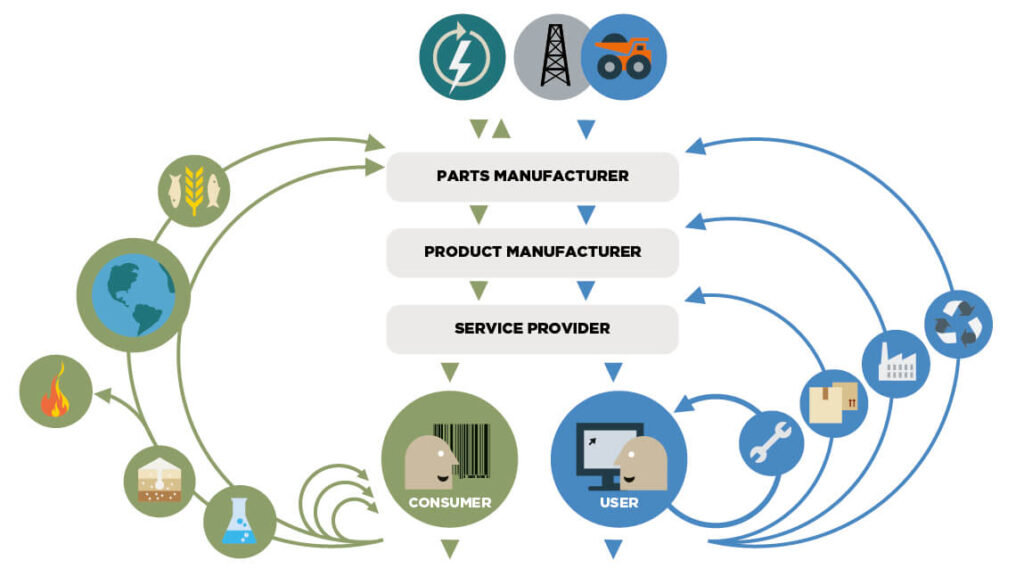
Now, it will be the job of repurposing specialists to create new products and electronic appliances to maintain woodworking and metalworking.
Product design jobs:
With the above paragraph, we can deduce that the circular economy will put forth a new category of product designers who will specialize in recycling, repurposing and a longer life. They will also ensure the coordination of locally sourced materials between local production systems.
Their job description will also entail developing new technologies and techniques to support the circular economy, such as closed-loop manufacturing processes.
Service and maintenance jobs:
The third category of job creation will focus on serving the customers. Starting from maintenance and repair services to developing strategies and techniques to extend the useful life of products and reduce the need for replacement.
They will also ensure the supply chain of logistic systems. It will entail transporting goods and materials within a local area.
Case study in Action: How Circular economy is helping sustainability
The above job creation is a testament to the economic prosperity India can enjoy. Imagine a future where every broken product is useful, and every resource can be repurposed. But let’s know how.
The foremost sector that is reaping the benefits of the circular economy is building. Building manufacturing is significantly impacting the environment with its consumption and effusion of pollutants.
Sustainable, efficient buildings require less maintenance and a longer lifespan. Implementing renewable energy sources such as solar, wind, and geothermal into building design can reduce the reliance on fossil fuels and decrease greenhouse gas emissions.
The use of passive solar designs, like building it according to the rays of sunlight, can maximize natural light and heat and can also be used to reduce energy consumption in buildings.
Final Note
The circular economy is a powerful driver of innovation, maximizing resource efficiency and minimizing the need to extract and process new raw materials. This approach not only conserves natural resources but also stabilizes commodity prices, leading to lower costs for both businesses and consumers. By reducing environmental impacts, the circular economy contributes to a healthier planet and, in turn, enhances public health. Embracing this sustainable model not only supports economic resilience but also fosters a cleaner, healthier future for all.








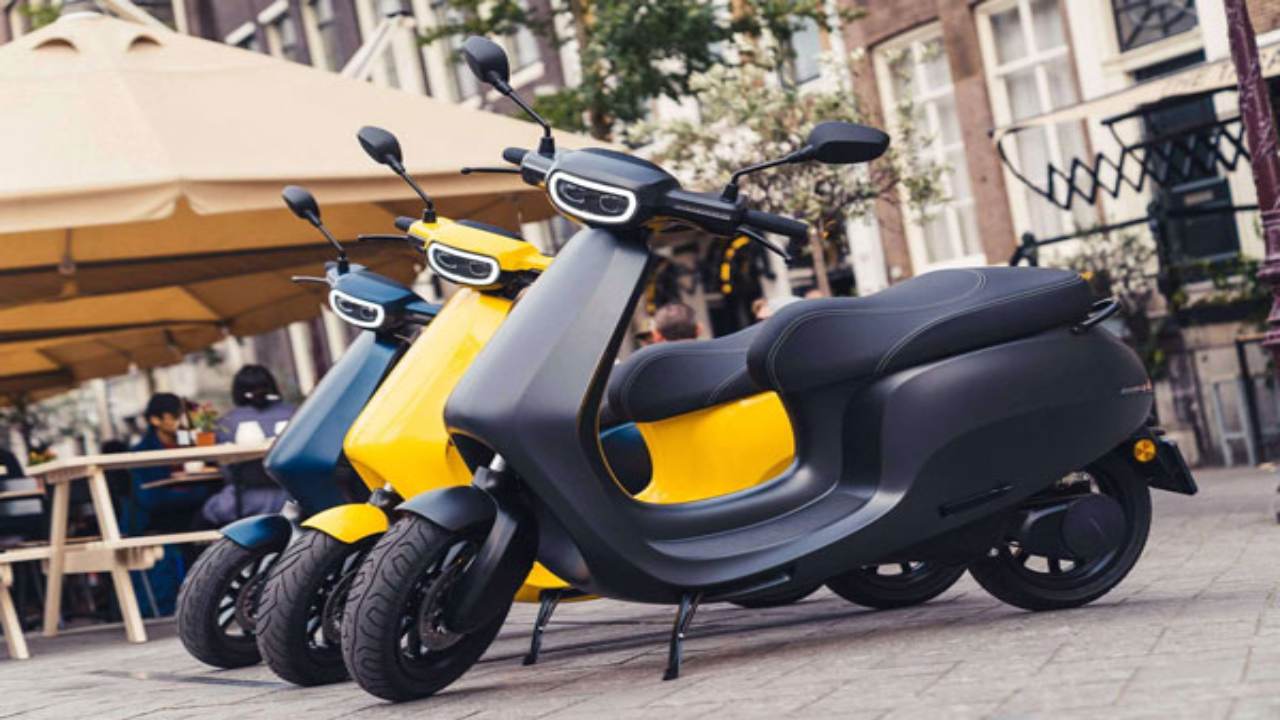






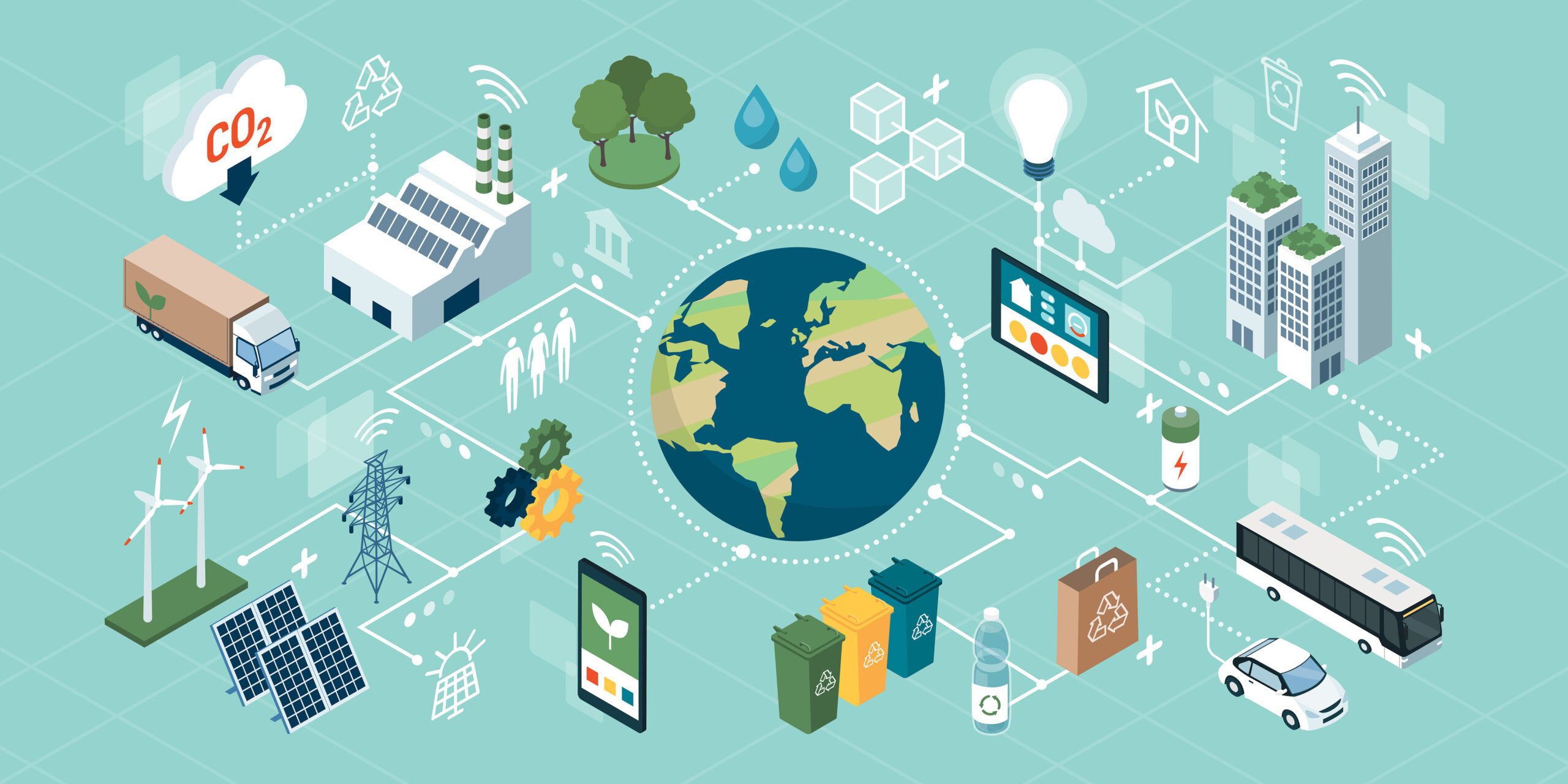
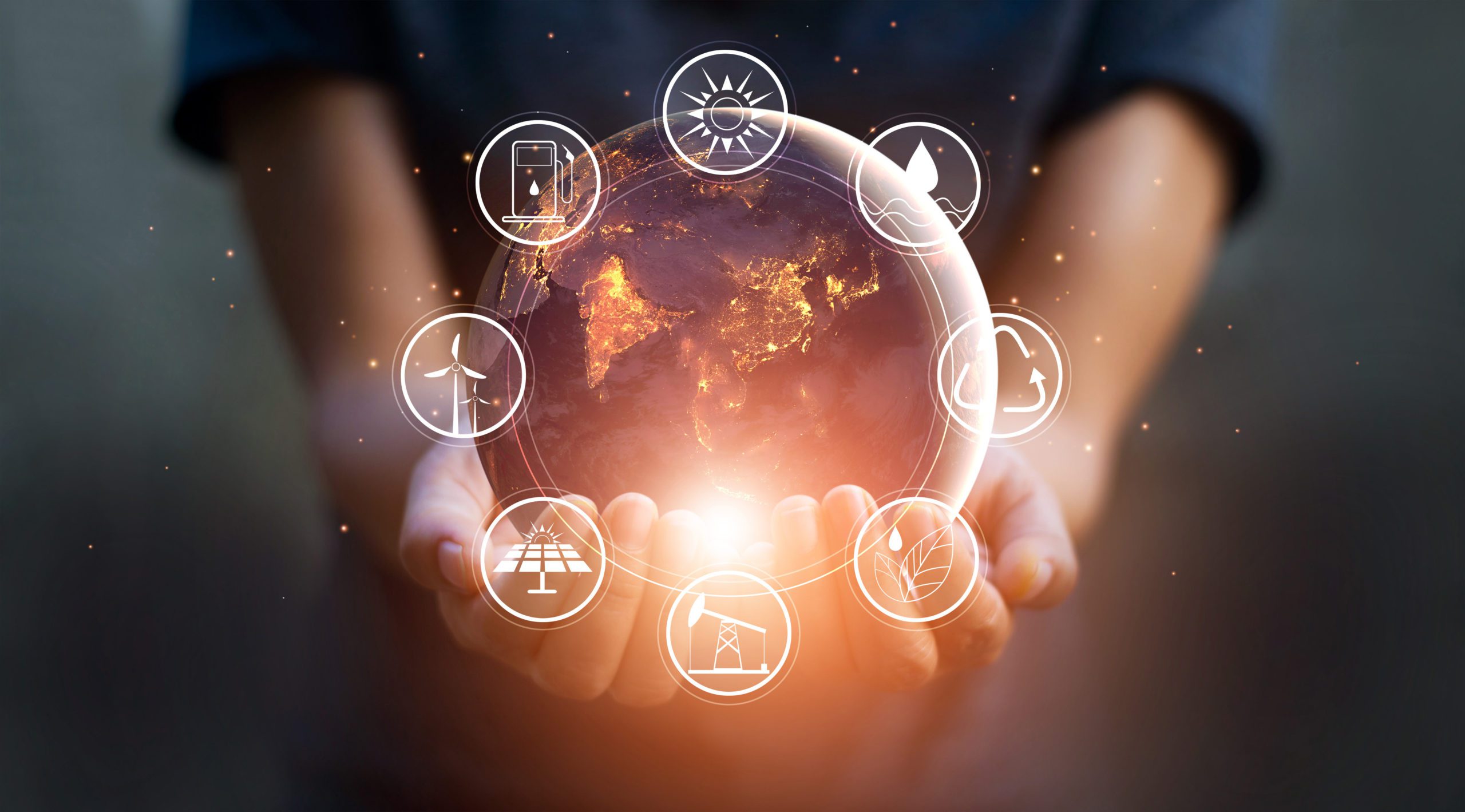
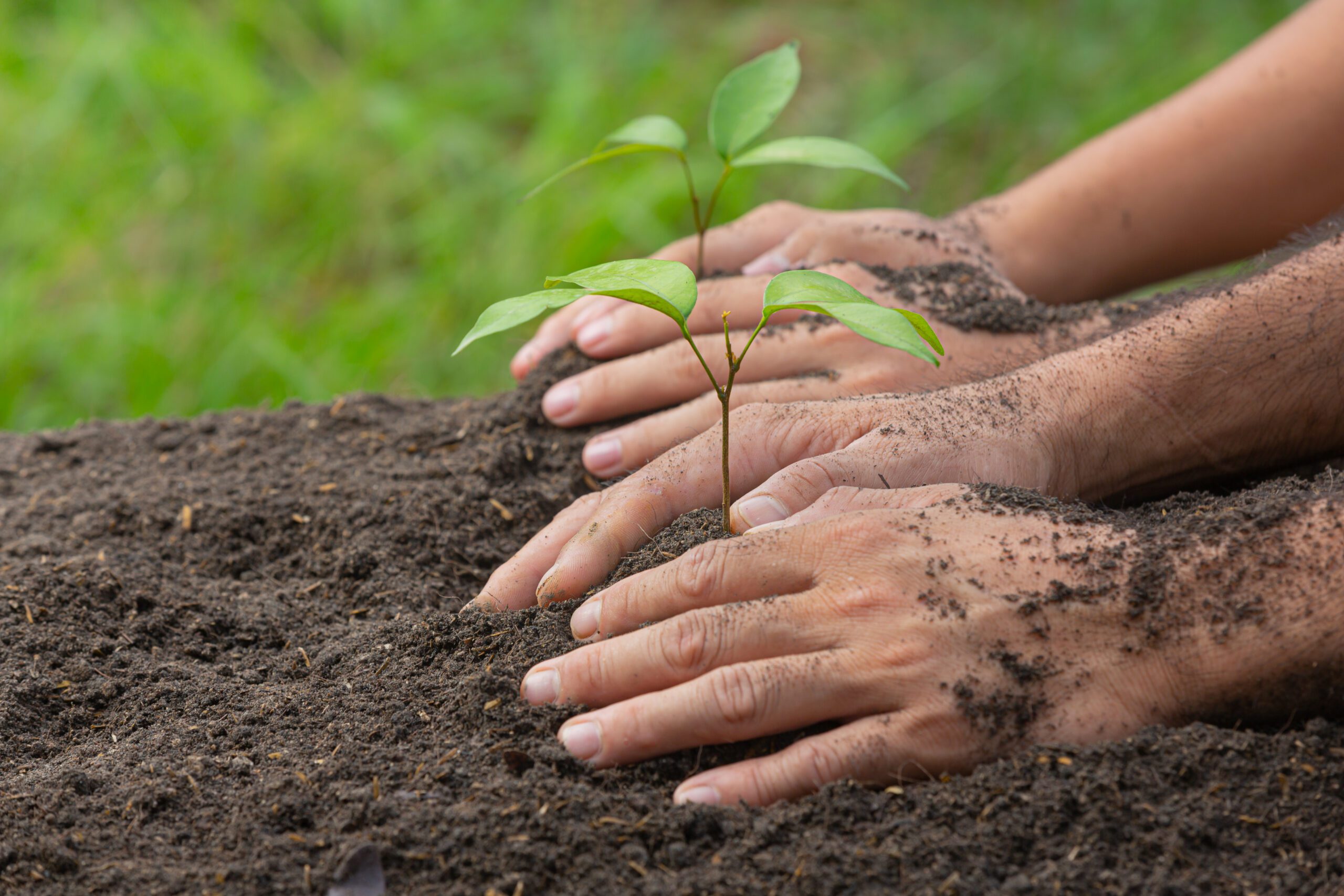



Leave feedback about this